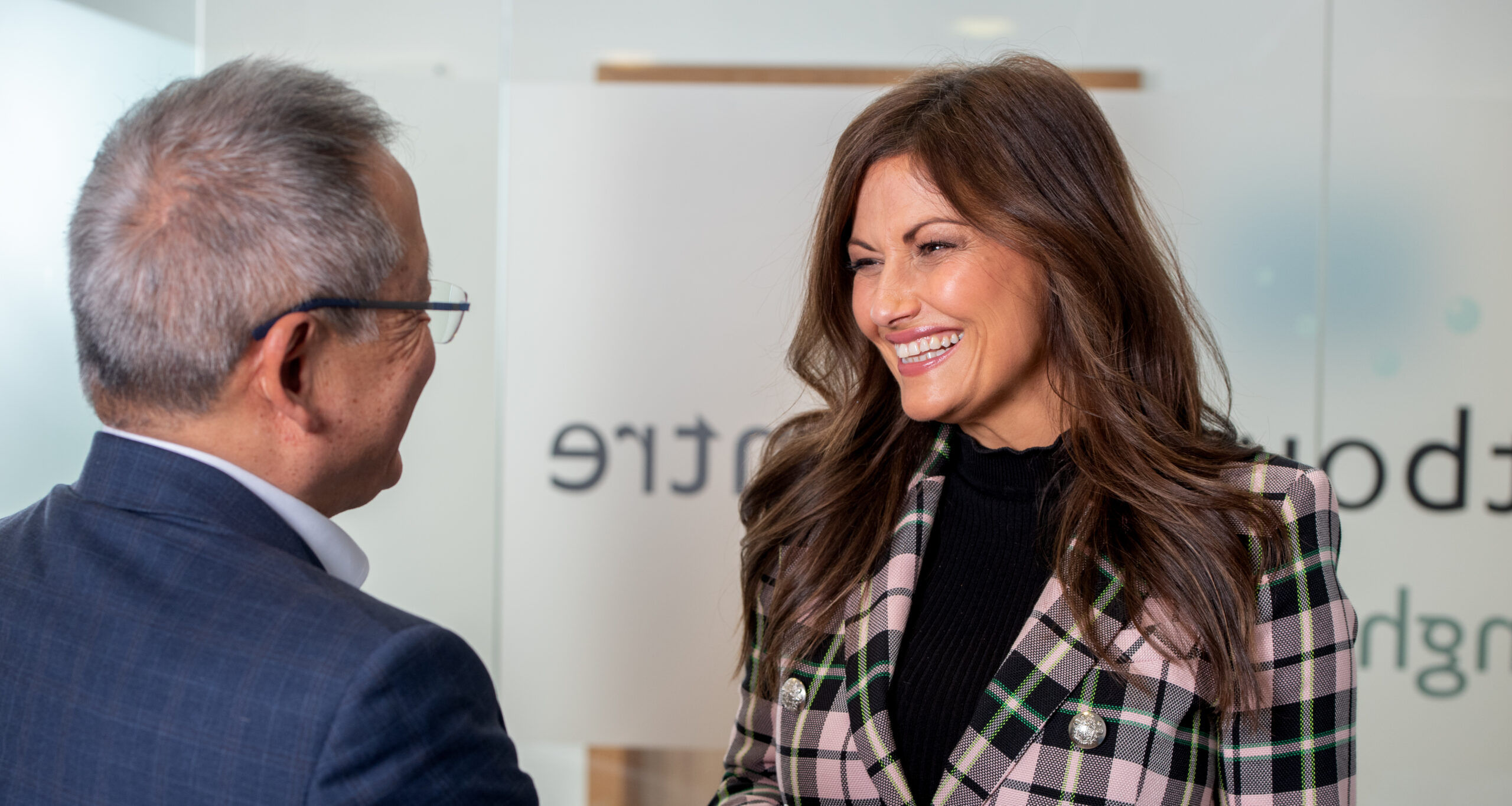3 Top Post-Op Recovery Tips

Hiroshi carries out all cosmetic surgery procedures under local anaesthetic and sedation. This means that the recovery for patients from anaesthesia is rapid, meaning procedures that previously required a hospital stay overnight, can be carried out as a day case. By sending patients home the same day, a surgeon is jumpstarting the patient recovery process, but on the flip side, this quicker timeframe makes it essential that the patient is well prepared in advance for recovery, because they will be on their own and no longer being observed by medical staff.
Here are some top tips to prepare for your recovery post surgery under LA and Sedation:
Wear the right clothes
Depending on what type of cosmetic surgery procedure that you are having, be sure to wear clothes that you will feel comfortable in and don’t require you to strain or stretch to put on. Loose, soft and comfortable are a great starting point when planning what to bring and wear on the day.
Stock up on food and drink supplies before your surgery date
The last thing you want to be worrying about is what you are going to eat and drink when you return home following surgery. Be sure to stock up on nutritious, antioxidant dense foods and drink that is going to aid your body’s recovery and boost your immune system and it might be helpful to make a meal plan in advance and make some healthy meals that you can keep in the freezer. Whilst you’ll need to drink plenty of water post surgery, Coconut Water is also great to drink as it contains natural electrolytes. Electrolytes are chemicals that conduct electricity when dissolved in water. They regulate nerve and muscle function, hydrate the body, balance blood acidity and pressure and help rebuild damaged tissue.
Take it easy – avoid heavy exercise & overexertion
If you exercise too soon after a cosmetic surgery procedure, a number of complications could arise. The biggest risk is reopening an incision or damaging sutures from surgery. Heavy lifting, straining and cardio can put a lot of stress on incision sites that are still in the process of healing, which could result in bleeding, infection, larger scars and complications. The best exercise after surgery is walking and this will start on the first day after your operation. Walking is an ideal way to stay active and prevent healing issues. Walking promotes blood circulation, which in turn prevents blood clots from forming in your legs, a condition known as deep vein thrombosis (DVT). This is common in people who do not move for a long period of time. You may feel uncomfortable after surgery, but walking for just a few minutes a day early on can make all the difference.